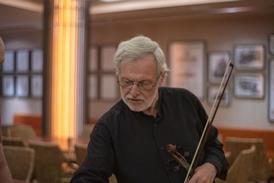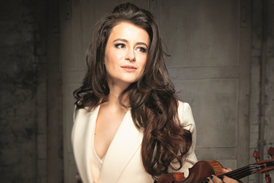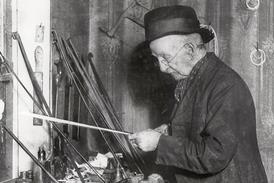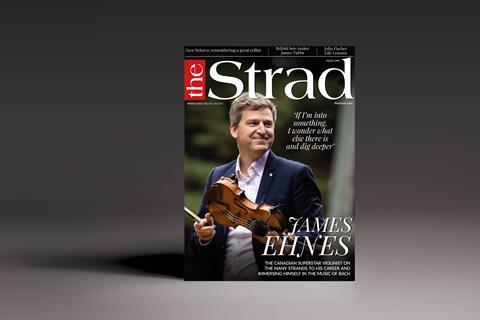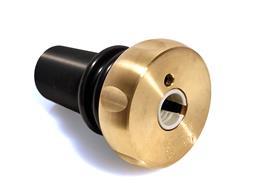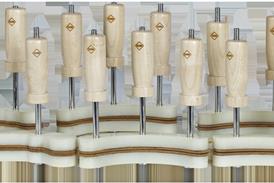- More from navigation items
- Home
- News
- For Subscribers
- Student Hub
- Playing Hub
- Podcast
- Lutherie
- Magazine
- Magazine archive
- Whether you're a player, maker, teacher or enthusiast, you'll find ideas and inspiration from leading artists, teachers and luthiers in our archive which features every issue published since January 2010 - available exclusively to subscribers. View the archive.
- Jobs
- Shop
- Directory
- Contact us
- Subscribe
- Competitions
- Reviews
- Debate
- Artists
- Accessories
In Focus: A 1911 cello by Guglielmo Secondo Camillo Mandelli

Lionnel Genovart looks at the Italian maker’s instrument
Guglielmo Secondo Camillo Mandelli is also known to the violin world as ‘Camillo di Calco’ after his birthplace in northern Italy. Born in 1873, he worked as a furniture maker until he moved to Milan, about 30 miles south of Calco, to study instrument making. He began his tuition under Leandro Bisiach, and later trained with the brothers Riccardo and Romeo Antoniazzi.
In 1899 Mandelli moved to Buenos Aires, where he was mainly employed in the construction of violins, violas and cellos, although he also made a few piccolo violins and double basses. He was the first luthier hired by the Teatro Colón opera house when it opened in 1908.
Because of the high quality of his instruments, Mandelli cultivated strong links with important musicians and the high society of his time, such as the affluent Tornquist family. Notable collectors valued his instruments, among them Gustavo Herten who at one time owned the 1703 ‘Emiliani’ Stradivari violin. Most notably, the amateur musician and collector Isaac Fernández Blanco commissioned many instruments from him, including a ‘pochette’ violin which won a gold medal and diploma at the 1910 Centennial International Exposition in Buenos Aires. In 1920 he returned to Italy, motivated by the passion he had for his art, and continued building instruments.
Mandelli maintained a strong stylistic personality, although his masters’ influences can be perceived in his work. He selected fine materials and utilised oil and alcohol-based varnishes, generally of red–brown or red–gold shades. His instruments are labelled ‘Camillo Mandelli’, ‘Camillo da Calco’ or even ‘Camillo Mandelli di Calco’…
Already subscribed? Please sign in
Subscribe to continue reading…
We’re delighted that you are enjoying our website. For a limited period, you can try an online subscription to The Strad completely free of charge.
* Issues and supplements are available as both print and digital editions. Online subscribers will only receive access to the digital versions.




